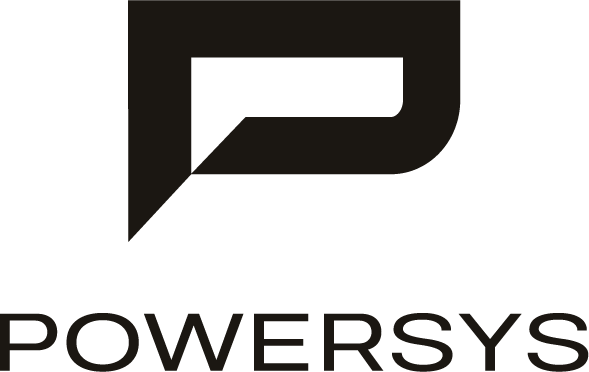More and more devices that are connected to the electrical network use switch-mode power supplies. Each switch-mode power supplies provokes a reduction of Power Quality on the power system, in particular with the creation of current harmonics.
For several years, renewable power production has been growing. Renewable power plants supply Power Systems through inverters and use numerous power converters. So, it has become necessary to check the quality of the power that the installation will inject into the Power system.
Power Systems contain a large number of capacitive elements (capacitors banks, cables, etc.), inductive elements (lines, transformers, etc.) and resistive elements. Interactions between these elements can engender a resonance with some harmonics that circulate on the power system. Besides, harmonics are sources of losses and degradations of connected equipment.
Another hazardous phenomenon that must be controlled is the “flicker” effect which consists in an erratic voltage fluctuation, which can sometimes be perceived by individuals (lights brightness variation).
TSOs and DSOs therefore integrate Power Quality requirements into their grid cod. Predicting the impact of the connection of new pieces of equipment in terms of harmonics will determine its compatibility with this "grid cod".
In order to limit these harmonics, filtering solutions can be considered. These filtering solutions must be sized during the upstream part of the project.
In this context, the POWERSYS consulting team can provide the following services:
- Evaluating current and voltage harmonics according to standards IEEE 519, IEEE 399 et IEC 61000:
- THD (Total Harmonic Distorsion),
- TDD (Total Demand Distorsion),
- IHD (Individual Harmonic Distorsion).
- Realizing a frequency analysis :
- Calculating the frequency scan of the impedance at several bus to identify Power system weaknesses,
- Determine possible resonances
- Quantifying the flicker effect cause by a new piece of equipment
- Sizing and validating a filtering solution in case of excessive harmonics or flicker effect
- Validating the compatibility with “grid code” of a new installation




